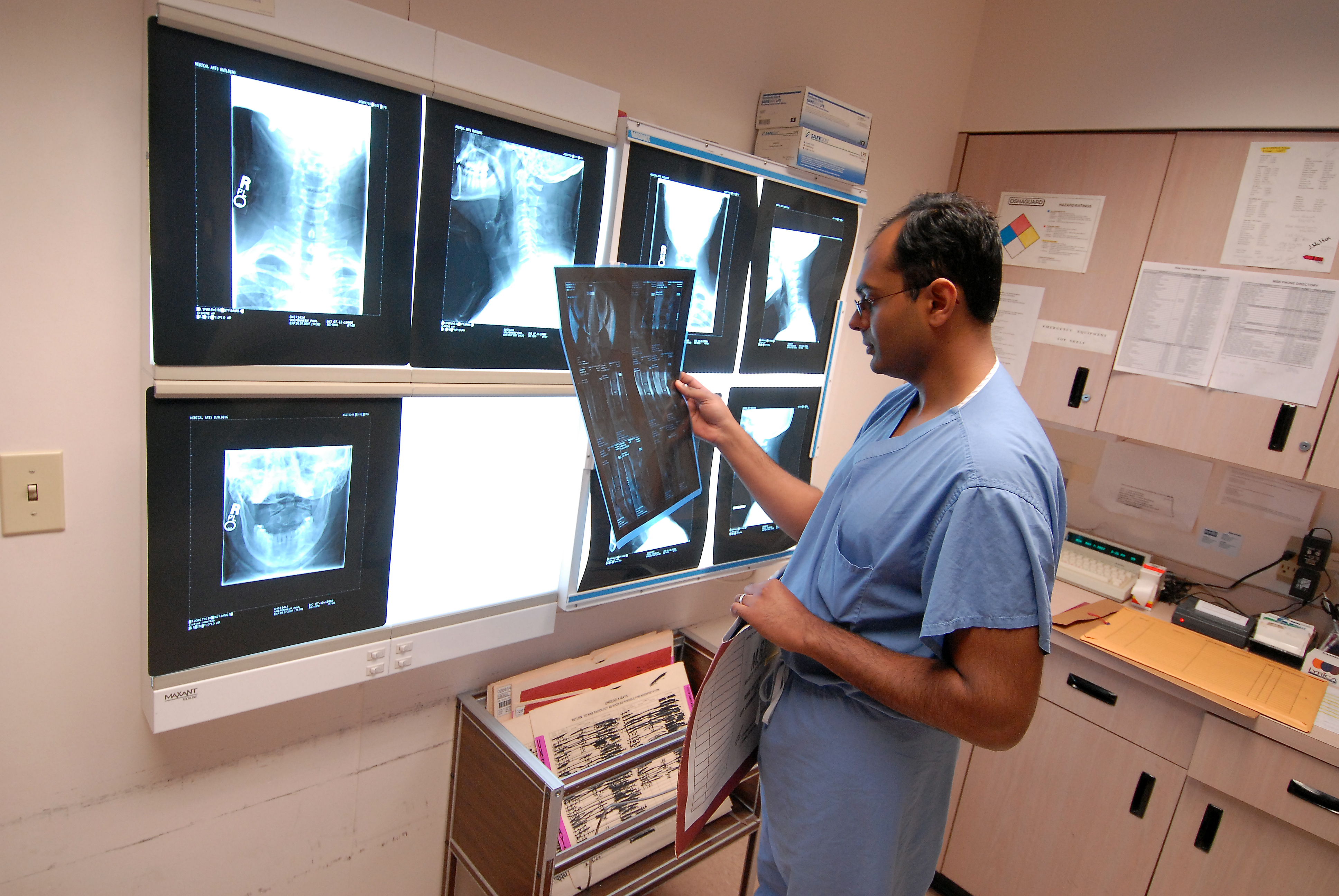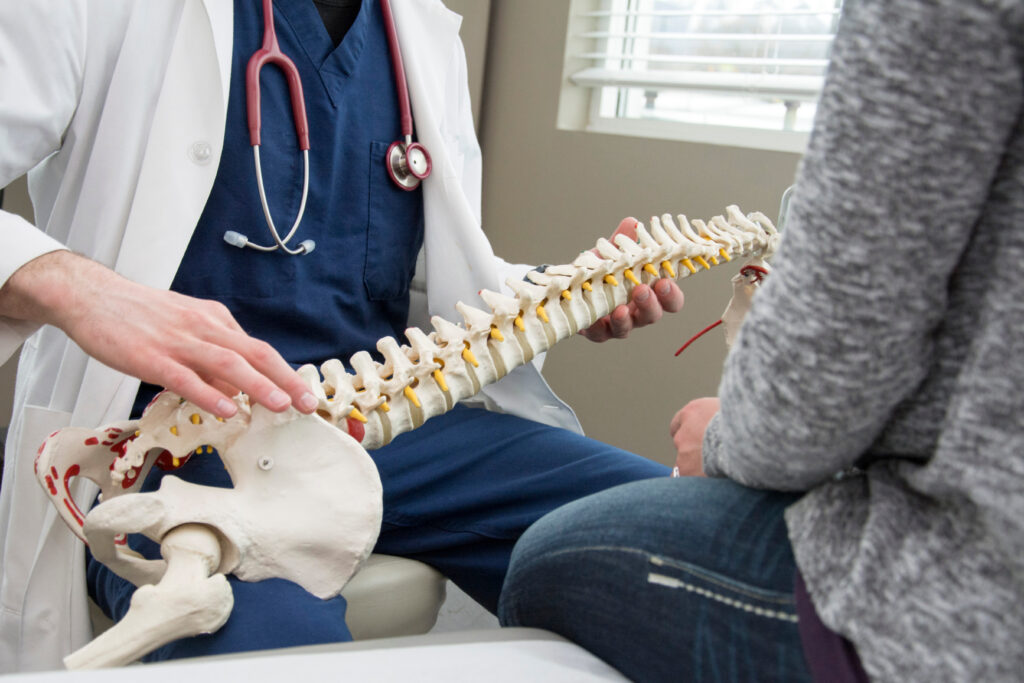Networking with the Best Spine Surgeons in St Louis MO for Comprehensive Care
Networking with the Best Spine Surgeons in St Louis MO for Comprehensive Care
Blog Article
What Spine Issues Commonly Cause Surgery for Alleviation?
When traditional therapy options stop working to provide appropriate alleviation from persistent discomfort and functional problems,Spine problems that warrant surgical treatment frequently emerge. Conditions such as herniated discs, spine constriction, and degenerative disc disease regularly result in surgeries targeted at restoring and minimizing signs and symptoms movement. Understanding the particular indicators for surgical procedure and the kinds of treatments offered is important for both people and doctor. As we discover the intricacies surrounding these spine concerns, it becomes apparent that the choice to go after medical alternatives is diverse and warrants mindful factor to consider.

Herniated Discs
Herniated discs are an usual spinal problem that regularly causes surgical treatment when conventional therapies fail. This condition happens when the soft internal gel of a spinal disc sticks out with a tear in the harder outer layer, possibly pressing close-by nerves. Symptoms often consist of localized discomfort, radiating pain in the limbs, and neurological deficiencies such as tingling or weak point.

Surgical procedure aims to ease pain and recover feature by removing the herniated part of the disc or maintaining the affected spine sector. While many clients experience considerable renovation following surgery, it is essential to consider the advantages and threats in consultation with a qualified spine specialist. Eventually, prompt treatment is vital to stop further complications and enhance lifestyle for individuals enduring from this devastating problem.
Back Constriction
Experiencing spine constriction can significantly impact an individual's movement and quality of life. This condition occurs when the back canal tightens, positioning stress on the spine and nerves. Typically seen in the lumbar (reduced back) and cervical (neck) areas, spine stenosis typically results from degenerative changes related to aging, such as joint inflammation, disc herniation, or enlarging of ligaments.
Symptoms of back constriction can vary, but they generally consist of discomfort, tingling, tingling, and weak point in the extremities. These symptoms may worsen with task or extended standing and frequently improve with remainder. In severe instances, people may experience troubles with balance and coordination, resulting in an increased risk of drops.
When conservative therapies, such as physical therapy, medications, and lifestyle modifications, stop working to reduce signs and symptoms, medical intervention might be taken into consideration. Procedures like laminectomy or back combination aim to unwind the affected nerves and stabilize the spinal column. Early diagnosis and therapy are essential in taking care of spinal stenosis effectively and protecting mobility, eventually boosting the client's total lifestyle.
Spondylolisthesis
Spondylolisthesis occurs when one vertebra slides onward over the one below it, potentially leading to back instability and nerve compression. This condition can click for info arise from different aspects, including hereditary issues, degenerative changes, injury, or recurring stress injuries. Signs and symptoms typically consist of reduced pain in the back, tightness, and radiating discomfort in the legs, which can considerably influence day-to-day activities and overall high quality of life.
Medical diagnosis usually includes a comprehensive scientific analysis, imaging researches such as X-rays or MRI, and analysis of neurological function. The degree of slippage is categorized right into qualities, with greater qualities suggesting extra severe displacement and a greater possibility of surgical intervention.

Very early diagnosis and proper management are essential in stopping more difficulties and boosting client outcomes. As spondylolisthesis can lead to persistent pain and disability, prompt intervention is vital for restoring spinal health and wellness.
Degenerative Disc Illness
Degenerative Disc Disease (DDD) is a problem defined by the gradual damage of the intervertebral discs, which act as essential shock absorbers in between the vertebrae of the back. As these discs shed hydration and flexibility gradually, they end up being much less reliable at supporting the vertebrae, resulting in enhanced friction and stress on the spinal frameworks.
Clients with DDD often experience signs such as persistent pain in the back, rigidity, and minimized mobility (best spine surgeons in st louis mo). The condition can additionally result in nerve compression if the degenerated discs lump or herniate, resulting in radicular discomfort, weakness, or tingling in the limbs
Therapy alternatives range from conservative measures, including physical treatment and discomfort monitoring, to more intrusive procedures when conventional steps stop working. Surgical interventions, such as spinal blend or artificial disc substitute, might be suggested for individuals with considerable pain and useful problems.
Back Lumps
Spine tumors, which can be benign or malignant, stand for one more significant root cause of spine conditions that might require surgical treatment (best spine surgeons in st louis mo). These tumors can stem within the spinal column (primary tumors) or metastasize from various other parts of the body (additional growths) Their visibility can cause various symptoms, consisting of localized discomfort, neurological deficits, and changes in movement
Surgical therapy for spine tumors usually aims to alleviate signs by removing the growth, supporting the back, and addressing any kind of compressive impacts on the spine or nerves. Signs for surgical procedure typically consist of significant discomfort not responsive to traditional treatments, or neurological problems resulting from the growth's development.

It is important for people presenting with signs symptomatic of spinal tumors to go through complete analysis evaluations, including imaging research studies and biopsies, to establish the appropriate strategy (best spine surgeons in st louis mo). Early detection and intervention can substantially boost patient outcomes and quality of life
Final Thought
In summary, different spinal column problems, consisting of herniated discs, back constriction, you can try this out spondylolisthesis, degenerative disc condition, and back lumps, usually demand medical intervention when conservative therapies fall short to provide alleviation. These problems cause substantial discomfort and useful problems, triggering the consideration of procedures such as discectomy, spinal fusion, and laminectomy. Ultimately, surgical alternatives purpose to relieve pain, improve movement, and restore quality of life for individuals influenced by these crippling spine conditions.
Conditions such as herniated discs, back constriction, and degenerative disc condition often lead to medical treatments aimed at alleviating signs and symptoms and restoring movement.Herniated discs are a common back condition that regularly leads to medical treatment when conservative therapies stop working. Surgical interventions, such as back fusion or fabricated disc substitute, may be shown for individuals with significant discomfort and functional problems.Spinal growths, which can be malignant or benign, represent an additional significant reason of spine problems that might demand medical intervention.In summary, different spinal column issues, consisting of herniated discs, spinal stenosis, spondylolisthesis, degenerative disc condition, and spine tumors, often necessitate medical treatment when conventional therapies stop working to give relief.
Report this page